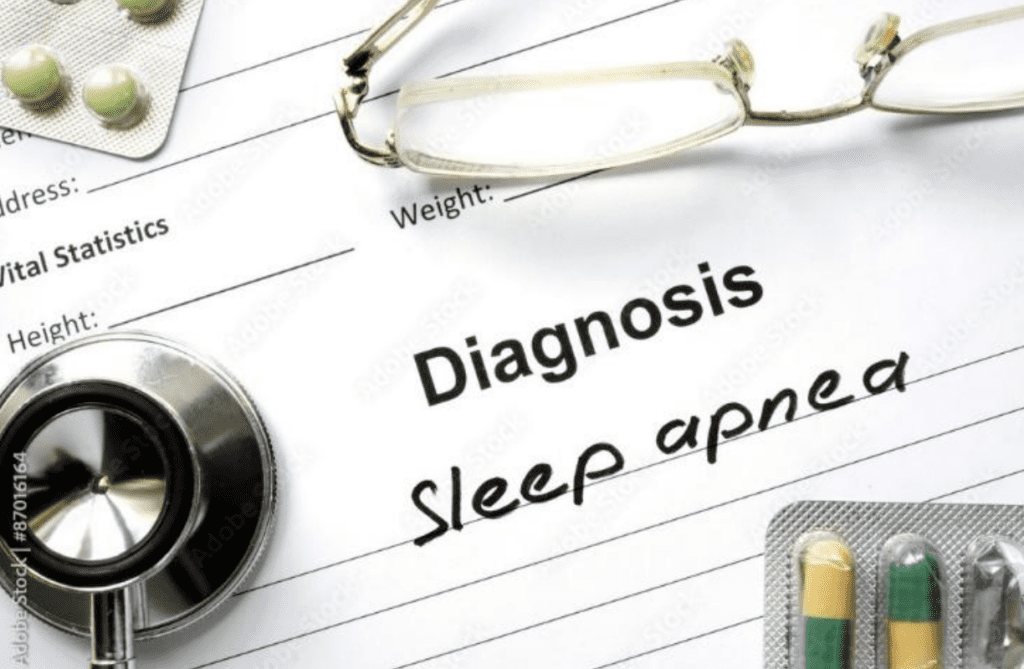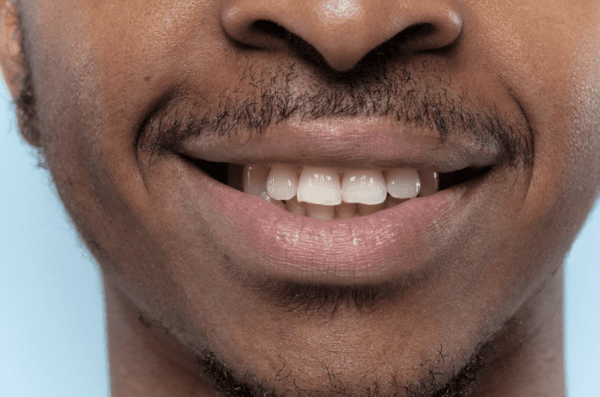![]()
Dr. Steve Carstensen, DDS, is the co-founder of Premier Sleep Associates, a dental practice dedicated to treating obstructive sleep apnea and snoring.
After graduating from Baylor College of Dentistry in 1983, he and his wife, Midge, a dental hygienist, started a private practice of general dentistry in Texas before moving to native Seattle in 1990.
In 1996 he achieved Fellowship in the Academy of General Dentists in recognition of over 3000 hours of advanced education in dentistry, with an increasing amount of time in both practice and classwork devoted to sleep medicine.
A lifelong educator himself, Dr. Steve is currently the Sleep Education Director for The Pankey Institute. As a volunteer leader for the American Dental Association, he was a Program Chairman and General Chairman for the Annual Session, the biggest educational event the Association sponsors. For the American Academy of Dental Sleep Medicine he’s been a Board Member, Secretary Treasurer, and President-Elect. In 2006 he achieved Certification by the American Board of Dental Sleep Medicine.
In 2014, he became the founding Editor-in-Chief of Dental Sleep Practice magazine, a publication for medical professionals treating sleep patients. He is a frequent contributor to webinars and other online education in this field.
Improving the Quality of Life for Patients with Sleep Apnea
By: Steve Carstensen DDSTopic originally appeared on Pankey.org: Dr. Carstensen allowed permission for igniteDDS to share with…
Delayed Gratification and Finances
By: Dr. Savanah Craig Finances have always felt like a hot topic from the time I got my acceptance to dental school. From student loans to the cost of living; job offers to buying a home, it feels like someone is always giving advice about finances. Ironically for as much advice and information that was…
How Dental Insurance Claims are Processed for Reimbursement (Importance of Proper Narratives)
By: Dr. Angela Holland Dental insurance claims are a fundamental part of any dental practice’s revenue cycle. However, the process of getting reimbursed for services rendered can be complex, time-consuming, and often frustrating if not handled properly. One of the most crucial components of a successful claim is the narrative—the detailed explanation of why a…
How Dentists Can Save Lives Through Dental Sleep & Airway Education, Emphasizing Oral Systemic Health
By: DeWitt Wilkerson, DMDThe Article Originally Appeared on TheDawsonAcademy.com. Dr. Wilkerson granted permission for igniteDDS to share with our readers. Dental professionals have long known that the mouth is a gateway to overall health – what happens within the oral cavity can have a direct impact on the rest of the body. And as oral health…
Navigating the Unpredictable Path of Early Dental Practice Ownership with Dr. Gabriela Flores
Host: Dr. Tanya Sue MaestasGuest: Dr. Gabriela FloresEdited By: Candy Velez CRDH The journey into dental practice ownership is as daunting as it is rewarding, particularly for those stepping into it soon after dental school. Dr. Gabriela Flores shares her experience of navigating this complex landscape, offering invaluable insights that resonate with dental professionals and…
Help! My Dental Assistant Is Always Missing When I Need Them
By: Ronda Holman It’s a familiar and frustrating scenario: You, the Dentist, are ready to seat the next patient but your dental assistant is missing. Time ticks away, the schedule begins to fall apart, and frustration grows—only to find the assistant casually chatting in the lab or taking an unscheduled break. This situation not only…
The Practice Profit Plan: Steps to Achieve Financial Freedom & Growth
By: Dawn Patrick, Dental Coach and Director of Operations, IgniteDDS Managing a dental practice is more than providing quality patient care. To achieve long-term success, dentists must also focus on financial health—both within their practice and personally. This roadmap offers actionable steps to maximize profitability while maintaining balance in life and business. Step 1: Set…
The Index Technique: New No-Prep Approach for Worn Dentition
By: Riccardo Ammannato, DDSThis Topic Originally Appeared on PankeyGram.Org. Dr. Ammannato granted permission for igniteDDS to share with our readers. The goal of treating severely worn teeth is to improve the smile appearance and extend the function of the teeth. To ensure patient comfort and health, achieving stable posterior occlusion and efficient anterior guidance is…
Lifelong Learning and Work-Life Balance in Dentistry: Insights from Chad Duplantis
Host: Dr. Tanya Sue MaestasGuest: Dr. Chad DuplantisEdited By: Candy Velez CRDH The world of dentistry is ceaselessly evolving, demanding continuous education and an acute awareness of work-life balance. Chad Duplantis, a seasoned dental professional, shares vital wisdom that transcends the operatory. Duplantis’s dialogue with Tanya Sue Maestas offers a holistic approach necessary for a…
Ecosite One by DMG Review – with Dr. David Rice
By: Dr. David Rice Ecosite One by DMG, guys, this is a very cool composite I just reviewed. Watch my quick video below or read on for more details. Key Takeaways: Ecosite One is ideal for class ones, twos, and fives. It’s also pretty versatile, meaning we can use it for very conservative preps, all…
Essential KPIs for Start-Up Dental Practices
By: Dawn Patrick, Dental Coach and Director of Operations, IgniteDDS Tracking and measuring KPIs in your dental practice isn’t just a nice-to-have; it’s essential for growth and sustainability. By focusing on key metrics like new patient acquisition, retention rates, and production efficiency, you can identify areas for improvement and drive your practice toward success. Let…









